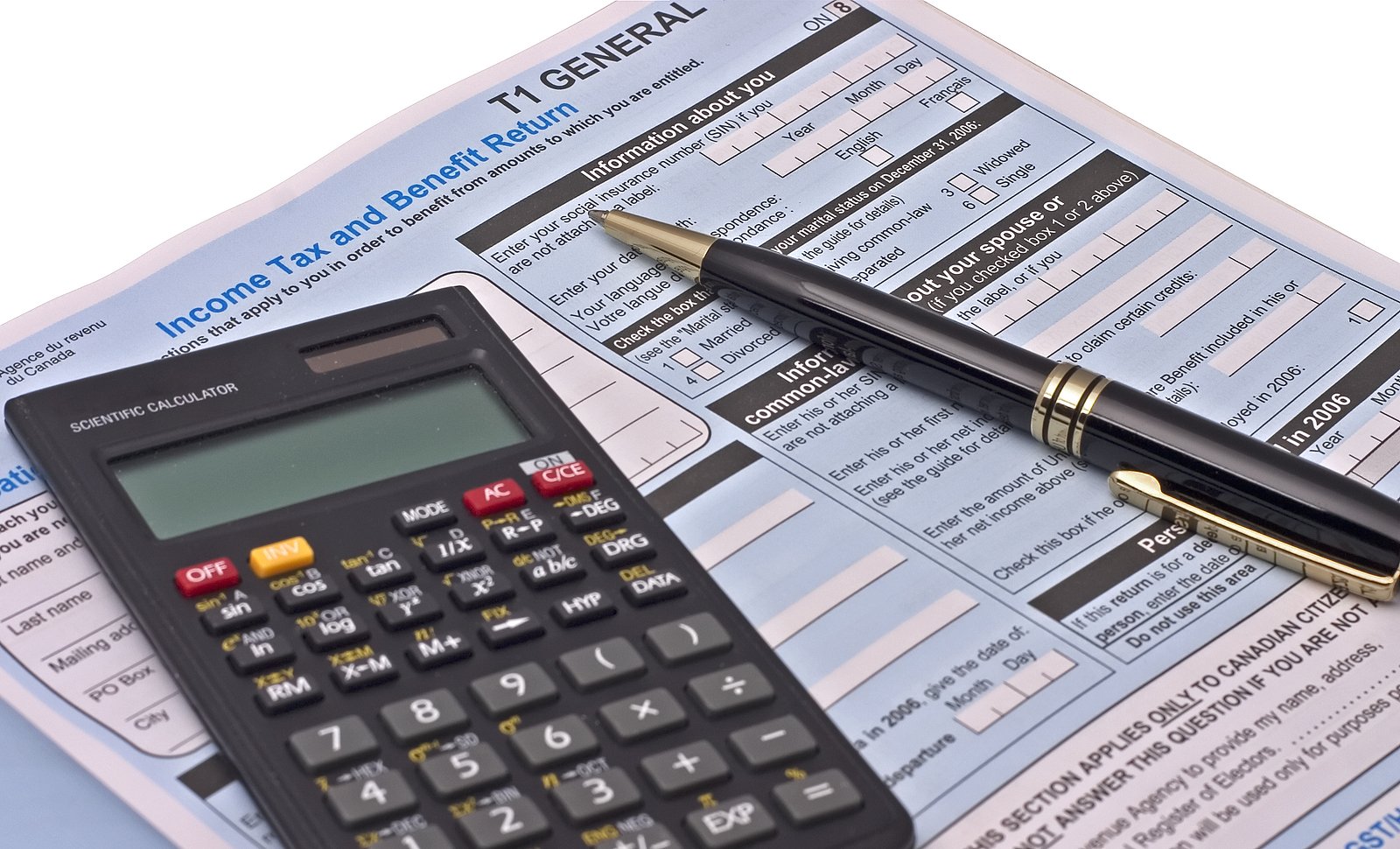How Much Tax is Deducted from a Paycheck in Ontario?
If you look at your pay stub, you will see that taxes and deductions are taken off, and the numbers might seem quite arbitrary. All Canadians indeed pay the same federal tax rates on their paychecks, but provinces set up their own provincial rates. So, where do businesses get the numbers for deducting taxes? Let’s find out.
RRSP Contributions
If you are registered with a group Registered Retirement Savings Plan (RRSP), this will be deducted from your paycheck before any taxes and placed into your RRSP until you take it out of the plan. Some companies allow you to choose a percentage (up to a specified maximum) that will be taken out, and they will match, and you will not have to pay taxes on this amount until you take it out of your RRSP. As a result, your current taxable income will be reduced, and you will get to enjoy immediate tax savings while reaping the benefits of company matching to help grow your RRSP.
Canada Pension Plan (CPP)
Canada Pension Plan (CPP) is a monthly, taxable benefit that replaces part of your income when you retire. Contributions to CPP are compulsory for all working Canadians aged 18-70, and for 2022 the contribution amount is 5.7% for both employees and employers. When you retire, you can apply to receive CPP.
Employment Insurance (EI)
Employment Insurance (EI) provides temporary income support to unemployed Canadians. The EI contribution amount for employees in 2022 is 1.58% on any income up to $60,300. Any income over $60,300 is not subject to EI premiums, so the maximum you will contribute to EI in 2022 is $952.74. Employer EI premiums are 1.4 times the employee contribution, resulting in a maximum of $1,333.84. Self-employed individuals are not subject to EI premiums on their income unless they opt into the program to receive special benefits, such as maternity or sick leave.
Canadian Federal Tax
Federal taxes collected from your Ontario paycheck are used to pay for public facilities, programs, and services Canadians use all over the country. These can include national defence, national parks, and economic development. In Ontario, your taxable income places you in the following federal tax brackets:
$50,197 or less: 15.00%
$50,197 - $100,392: 20.50%
$100,392 - $155,625: 26.00%
$155,625 - $221,708: 29.00%
$221,708 or more: 33.00%
It is important to note that these taxes occur beginning in the bottom bracket, not entirely in the highest bracket, as is the common misconception. This means that if you earn $150,000 per year, the first $50,197 will be taxed at 15.00%, then another $50,197 will be taxed at 20.50%, and the last $49,608 will be taxed at 26.00%.
Ontario Provincial Tax
Provincial taxes collected from your Ontario paycheck are used to pay for public facilities, programs, and services used throughout the province by residents and businesses. These include schools, health care, roads, emergency services, libraries, and recreation centers. In Ontario, your taxable income places you in the following provincial tax brackets:
$46,226 or less: 5.05%
$46,226 - $92,454: 9.15%
$92,454 - $150,000: 11.16%
$150,000 - $220,000: 12.16%
$220,000 or more: 13.16%
Like federal taxes, provincial taxes are deducted beginning in the bottom bracket and increasing as your pay increases, not entirely in the highest bracket. For example, if you earn $100,000 per year, the first $46,226 will be taxed at 5.05%, the next $46,228 will be taxed at 9.15%, and the last $7,546 will be taxed at 11.16%.
How to Calculate Net Income
Your net income is calculated by taking your total earnings and subtracting all applicable taxes and deductions. To calculate your net income, you first need to know your gross yearly salary. Then do the following:
1. Deduct any RRSP contributions if applicable.
2. Add additional earnings, if applicable, such as bonuses. This is done to avoid tax evasion and overestimation of the benefits that you might get from child support payments or spousal support.
3. Withhold all federal and provincial taxes, CPP, and EI. Deduct all federal and provincial taxes from the remainder after RRSP contributions. You can use the brackets above as a reference point.
4. The result is your net income.
Federal and provincial taxes, and RRSP contributions, if applicable, are deducted from your pay each period, while other tax deductions are only taken annually when doing your taxes. A Blackspark tax accountant can help prepare your annual tax return at a low cost and ensure that you take advantage of every tax credit opportunity.

